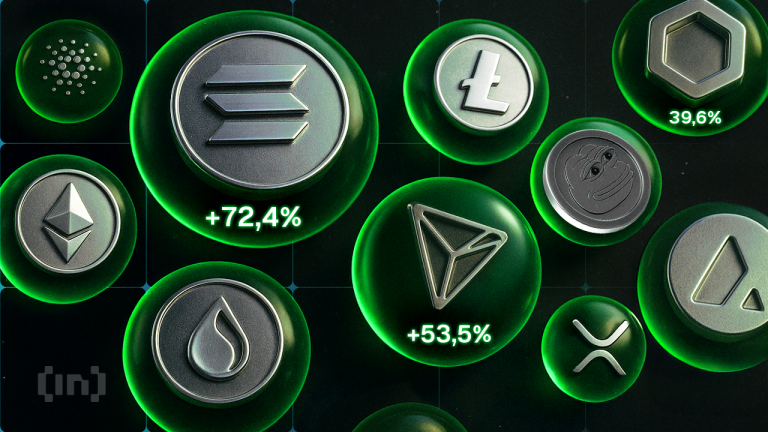
Polygon [POL], one of the key players in the blockchain ecosystem, is currently navigating turbulent waters as liquidity constraints put pressure on its market performance. With a 6% decline in the past day and a staggering 46% drop over the year, investors are left wondering: Can Polygon recover?
What’s Behind Polygon’s Downturn?
The challenges surrounding Polygon stem largely from consistent liquidity outflows both on-chain and off-chain. According to data from Artemis, a net outflow of approximately $105,900 was recorded as investors moved their assets elsewhere, likely seeking more profitable opportunities. This trend isn’t confined to on-chain activity—off-chain liquidity on spot exchanges shows similar patterns.
In fact, over $263,000 worth of POL was sold in the past 24 hours alone, reflecting growing bearish sentiment among traders. The derivatives market echoes this trend, with $9.88 million worth of open positions closed recently, exacerbating the downward pressure on POL’s price.
On-Chain Activity Slows Down
A key indicator of Polygon’s challenges is the declining number of active addresses. Weekly active addresses have fallen significantly, currently sitting at just 2.2 million. This drop reflects reduced user engagement, which has a direct impact on demand for POL. Furthermore, new user adoption has also decreased, with only 99,000 new users recorded recently, signaling waning interest in the token.
As new users slow and on-chain activity decreases, the supply of POL on the market grows, which could add additional downward pressure on prices. Despite these factors, there are signs that Polygon may find temporary support.
Will POL Find Support?
Despite the bearish sentiment, technical charts suggest that a rebound is still possible. POL has entered a key demand zone between $0.2318 and $0.2264, a range that has historically triggered short-term price recoveries. On its fourth test within this zone, there are slight signs of a bullish recovery. However, support levels weaken after repeated tests, and continued selling pressure may eventually break these thresholds.
If you’re investing in cryptocurrencies, it’s essential to keep an eye on such market dynamics. Platforms like CoinGecko or Arbitrage Investment are excellent tools to monitor liquidity, outflows, and price movements closely.
Protect Your Investments
Diversification remains one of the key strategies when navigating volatile markets like crypto. Pairing high-risk investments with more stable options such as Ledger hardware wallets can offer better protection for your holdings.
Stay informed and monitor updates about the blockchain landscape, as market dynamics can change rapidly. While challenges persist, understanding the underlying data and market sentiment can help you make informed decisions about POL and other investments.



